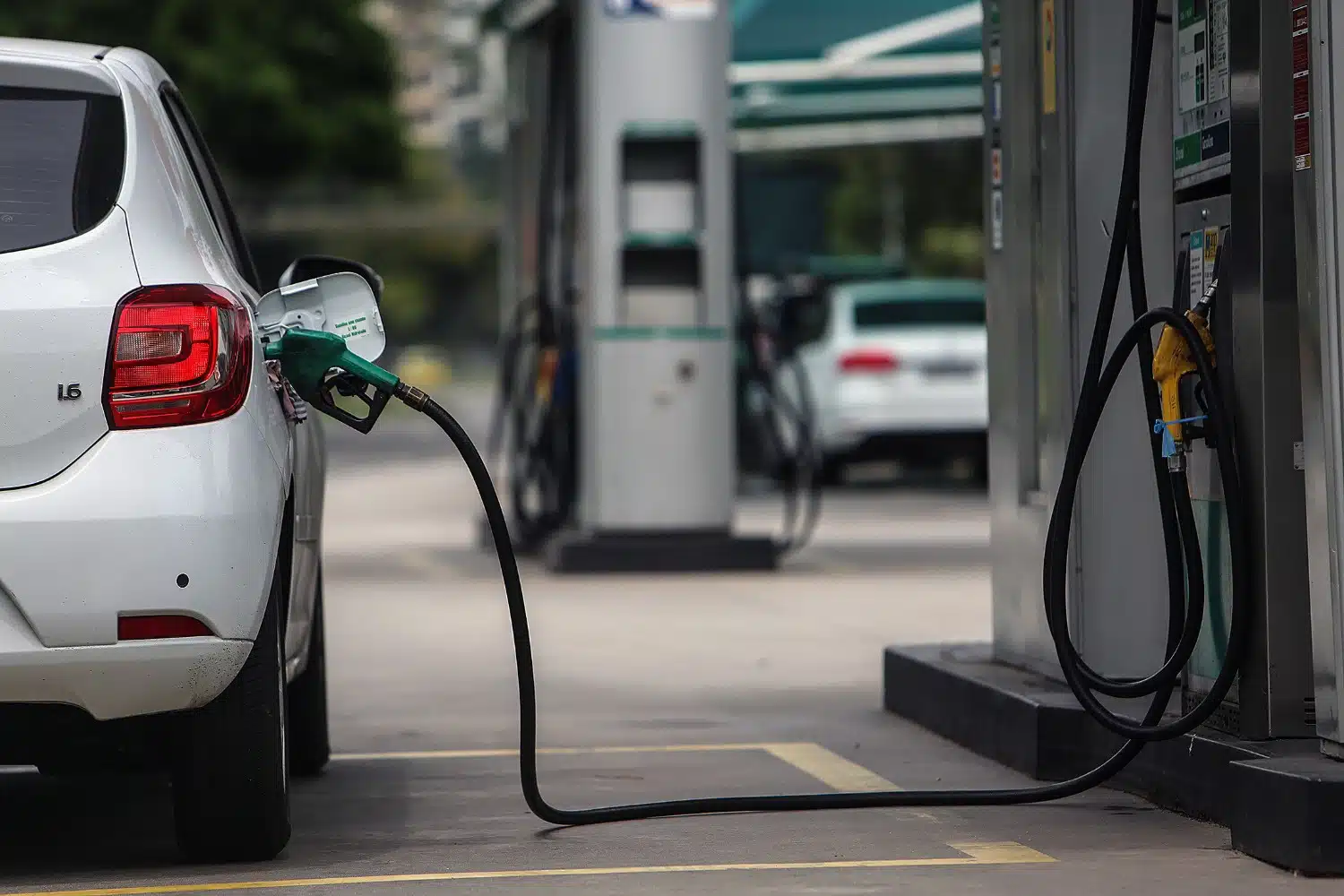Expert warn about the risks of refueling at certain gas stations for this reason

The act of refueling at a service station may seem like a trivial and everyday task for drivers. However, experts warn of significant risks associated with this activity, especially at certain gas stations that, despite offering lower prices, may compromise vehicle safety and consumer health. The location of the stations and refueling practices are crucial factors that can impact not only financial expenditure but also the well-being of drivers and the environment. These warnings encourage us to reflect on our consumption habits and make more informed decisions when choosing where to refuel.
Experts’ Warnings About Refueling
Refueling at a service station may seem like a simple and everyday activity. However, experts have pointed out significant risks that drivers should consider before fueling. These dangers not only affect vehicle safety, but they can also pose a problem for the environment and personal finances. This article explores the important factors to consider when choosing a place to refuel and the best practices to avoid complications.
Location Is Key
According to a study conducted by the German Automobile Association (ADAC), one of the main factors influencing the cost of fuel is the location of service stations. Those located near highways tend to have higher prices, reaching notable differences of up to 40 cents per liter compared to other less strategic gas stations. This is a crucial aspect to consider to avoid unnecessary expenses.
Risks of Low-Cost Gas Stations
The rise of low-cost gas stations has led many drivers to consider these options as a viable alternative. However, there are legitimate concerns about the quality of fuel offered and its impact on the vehicle’s engine. Studies suggest that the continued use of lower-quality fuel can cause engine breakdowns and reduced performance. It is essential for drivers to evaluate the long-term consequences of opting for lower prices.
Tips for Safe Refueling
To minimize the risks associated with refueling, it is recommended to pay attention to the quality of the fuel and ensure that stations have trained personnel. In traditional gas stations, employees are trained to handle fuels safely, which can reduce the risk of accidents related to flammable materials.
Impact of Time on Cost
Additionally, experts suggest that the best time to refuel is often in the afternoon, as prices tend to drop compared to the morning. This advice can not only help optimize fuel expenses but also significantly reduce costs over time.
Efficient Driving Practices
Driving efficiently also plays a fundamental role in saving fuel. According to the Directorate General for Traffic (DGT), adopting a calmer driving style, avoiding hard accelerations and brakes, can contribute to better fuel consumption efficiency. Keeping the vehicle in good condition, checking tire pressure, and reducing air conditioning use are measures that can positively impact overall fuel spending.
Driver Education Is Essential
Finally, education on safe refueling and driving practices is vital. Drivers should be informed not only about costs but also about the possible risks that arise from choosing gas stations. Expert interventions and informational campaigns can be decisive in promoting responsible and safe behavior on the road.
Risks When Refueling at Service Stations
Refueling is a daily activity for most drivers, but it is not without risks. The location of service stations plays a crucial role in the cost and quality of the fuel purchased. According to studies, gas stations located in high-demand areas, such as those near highways, may have significantly higher prices, resulting in unnecessary expenses for drivers. Additionally, the fuel offered at these stations may be exposed to contaminants, which can harm the vehicle’s engine health.
Experts also warn about low-cost gas stations, which are often chosen by drivers looking to save a few euros. While this may initially seem appealing, the long-term consequences can be disastrous. The quality of fuel may not meet required standards, potentially leading to mechanical failures that are expensive to repair. Thus, immediate savings turn into greater expenses in the future.
Another factor to consider is the lack of qualified personnel at some modern service stations, which increases the risk of accidents during refueling. The absence of trained staff can lead to dangerous situations, as handling fuels requires specific knowledge and safety protocols.
Finally, the advice from the Directorate General for Traffic emphasizes the importance of adopting good refueling practices, such as correctly choosing the station and checking vehicle conditions. These measures not only help save money but also ensure the safety of the driver and the environment.



